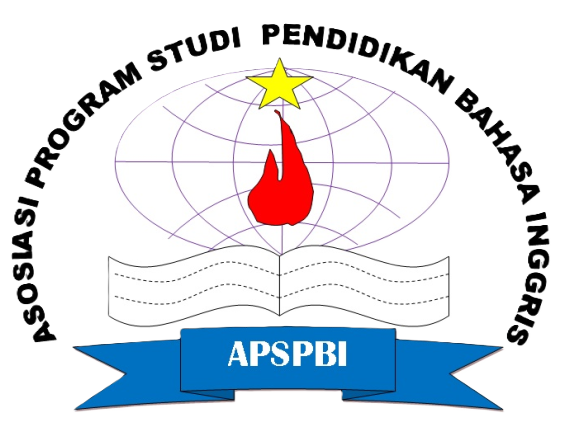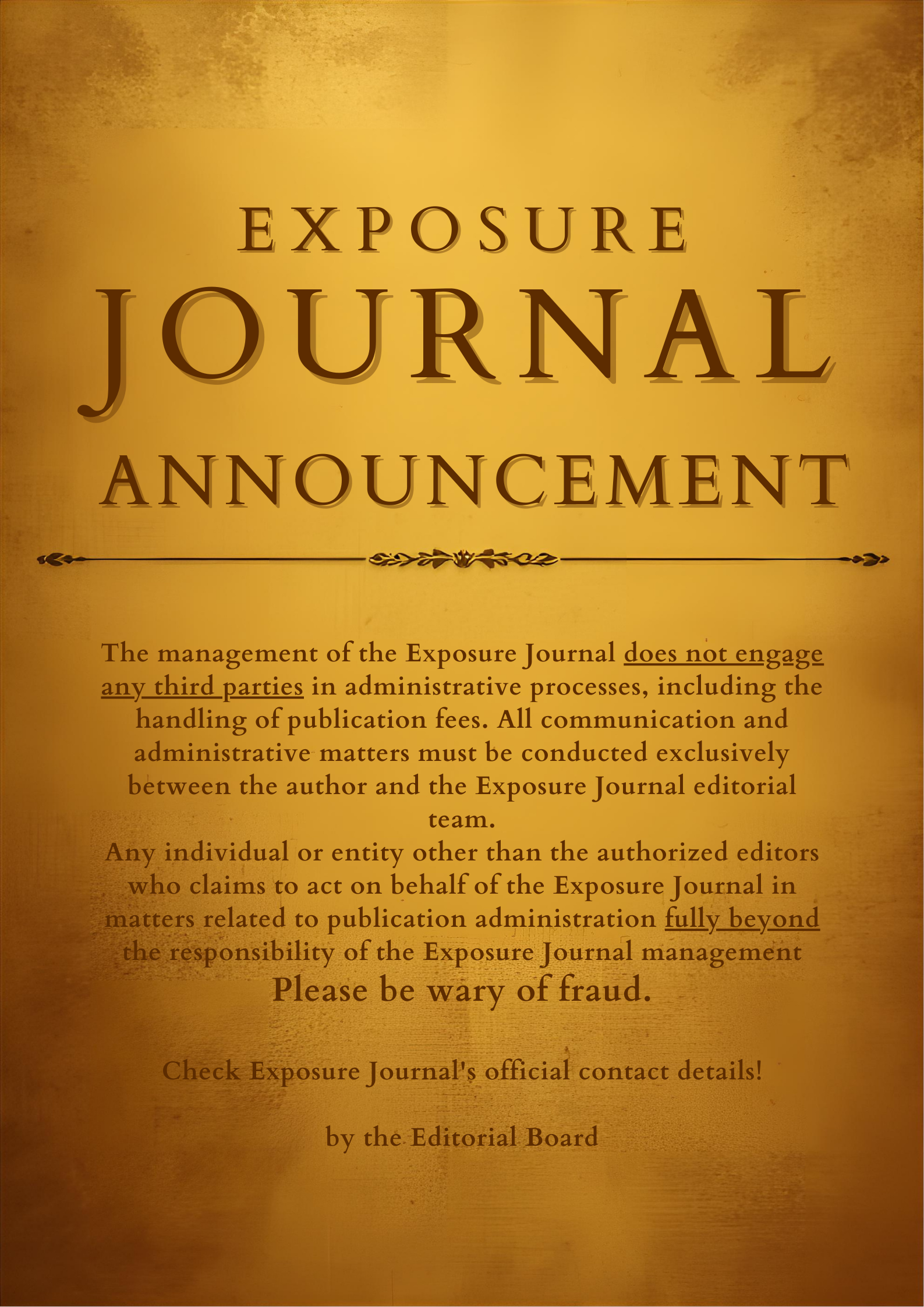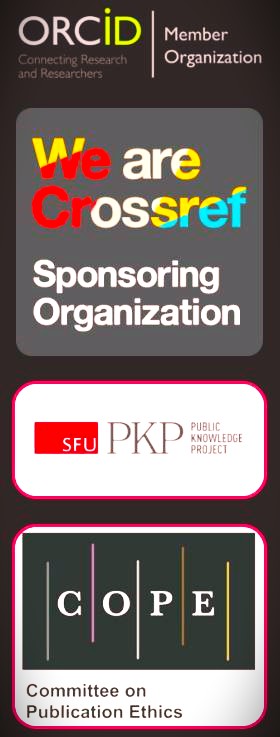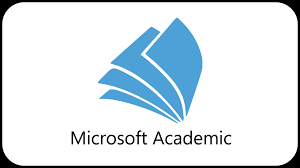THE STUDENTS PERSONALITY BASED ON THE READING STRATEGY USED
DOI: https://doi.org/10.26618/exposure.v7i2.1704
Reciprocal Teaching Method, Reading Comprehension, Interest
Abstract
The study attempts to analyze the students’ personality, the reading strategy that the students used in reading, and the correlation between the students personality and reading strategy used. The study took place at SMAN 6 Wajo where 3 classes were participated to represent their classes. The study employed descriptive method, where the data obtained through personality inventory questionnaire, reading strategy questionnaire and reading test. There are three points were found from this reserach. First, regarding with the students personality, mostly students in SMAN 6 Wajo are extrovert persons. The rest of students is dominated with introvert personality. Second, the reading strategy that the student most frequently used is Global Reading Strategy. It is followed with Problem Solving Strategy and Support Reading Strategy. Last, related with the relationship between reading strategy used and the students personality, there are three points we got from this study. Fisrt, Global Reading Strategy is commonly used by extrovert students. Second, Problem Solving Strategy is used by introvert students. Third, Support Reading Strategy is used by thinking students.
References
Baker, L., & Brown, A. L. (1984). Metacognitive skills and reading. In P. D. Pearson, M. Kamil, R. Barr, & P. Mosenthal (Ed.), Handbook of reading research (Vol. 1, pp. 353-394). New York: Longman.
Berens, L.V. (1999). Dynamics of personality type: Understanding and Applying Jung’s Cognitive Process. Huntington Beach. CA: Telos Publications.
Blachowicz, C., & Ogle, D. (2008). Reading comprehension: Strategies for independen learners (2nd ed.). New York, NY: The Guilford Press.
Brantmeier, C. (2002). The effects of passage content on second language reading comprehension by gender across instruction levels. In J. Hammadou Sullivan (Ed.), Research in second language learning: Literacy and the second language learner. (pp. 149–176). Greenwich, CT: Information Age Publishing.
Chamot, A.U., & Kupper. L. (1989): Learning strategies in foreign language instruction. Foreign Language Annals, 22, 13-24.
Devine, J. (1993). The role of metacognitive in second language reading and writing. In J. S. Carson & L. Leki (Eds), Reading in composition classroom: Second languageperspective (pp. 105-127). Boston, MA: Heinle & Heinle.
Farhadi, H. (2005). Techniques for Effective Reading. Iran: Iran University of Science and Technology.
Flavell, J. H. (1981). Cognitive monitoring. In W. P. Dickson (Ed.), Children's oral communication skills. New York: Academic PressGrellet, F. (1987). Developing Reading Skills. Cambridge: Cambridge University Press.
Grellet, F. (1987). Developing Reading Skills. Cambridge: Cambridge University Press.
Hirsh, S., & Kummerow, J. (1997). Life types: Understanding yourself and make the most of who you are. New York, NY: Warner Books.
Jung, C. G. (1971). Psychological types. In H. Read, M. Fordham, G. Adler, & W. McGuire (Eds.), The collected works of C. G. Jung. (Vol. 6) (pp. 231-311). Princeton, NJ: Princeton University Press.
MacIntyre, P. D., Babin, P. A., & Clément, R. (1999). Willingness to communicate: Antecedents and consequences. Communication Quarterly, 47, 215-229.
Mokhtari, K., & Reichard, C. (2002). Assessing students„ metacognitive awareness of reading strategies. Journal of Educational Psychology, 94(2), 249–259.
Mokhtari, K., & Richard, C. (2004). Investigating the strategic readingprocess of first and second language readers in two different cultural context. System, 32 (4), 379-394.
Oxford, R. (1990). Language learning strategies: What every teacher should know. Boston, MA: Heinle & Heinle.
Oxford, L. (1994, October). Language learning strategies: An update. Retrieved from www.cal.org/resources/digest/oxford01.html.
Pervin, L., & John. O. (2001). Personality: Theory and research (8th ed.). New York: John Wiley and Sons.
Richards, Jack C and Richard Schmidt. (2002). Longman Dictionary of Language Teaching and Applied Linguistics, 3rd Ed., London: Pearson Education Limited.
Rushton, S., Morgan, J., & Jackson, M. (2007). Teacher’s Myers-Briggs personality profiles: Identifying effective teacher personality traits. Teaching and Teacher Education, 23, 432-441.
Safdarian, Z., Ghasyi, M., Farzani, A.M. (2014). How Reading Strategy Use and Personality Types are Related?. Reading Matrix, 14 (1), 121-135.
Sadhegi, N. (2012). Learning Styles, Personality Style, and Reading Perfomance. Journal of English Language Teaching, 5 (4).
Sprague, M. M. (1997). Personality type matching and student teacher evaluation. Contemporary Education, 69, 54–57.
Vahdat, S. (2016). The Relationshiop between Personality Traits and Metacognitive Strategies in Reading Comprehension. International Journal of Language Learning and Applied Linguistic World, 11 (2).
Winstead, L. (2004). Increasing academic motivation and cognition in reading, writing, andmathematics: Meaning-making strategies. Educational Research Quarterly, 28(2), 30-49.
Downloads
Published
How to Cite
Issue
Section
License
Authors who publish with this journal agree to the following terms:
In order to assure the highest standards for published articles, a peer review policy is applied. In pursue of the compliance with academic standards, all parties involved in the publishing process (the authors, the editors and the editorial board and the reviewers) agree to meet the responsibilities stated below in accordance to the Journal publication ethics and malpractice statement.
Duties of Authors:
- The author(s) warrant that the submitted article is an original work, which has not been previously published, and that they have obtained an agreement from any co-author(s) prior to the manuscript’s submission;
- The author(s) should not submit articles describing essentially the same research to more than one journal;
- The authors(s) make certain that the manuscript meets the terms of the Manuscript Submission Guideline regarding appropriate academic citation and that no copyright infringement occurs;
- The authors(s) should inform the editors about any conflict of interests and report any errors they subsequently, discover in their manuscript.
Duties of Editors and the Editorial Board:
- The editors, together with the editorial board, are responsible for deciding upon the publication or rejection of the submitted manuscripts based only on their originality, significance, and relevance to the domains of the journal;
- The editors evaluate the manuscripts compliance with academic criteria, the domains of the journal and the guidelines;
- The editors must at all times respect the confidentiality of any information pertaining to the submitted manuscripts;
- The editors assign the review of each manuscript to two reviewers chosen according to their domains of expertise. The editors must take into account any conflict of interest reported by the authors and the reviewers.
- The editors must ensure that the comments and recommendations of the reviewers are sent to the author(s) in due time and that the manuscripts are returned to the editors, who take the final decision to publish them or not.
Authors are permitted and encouraged to post online a pre-publication manuscript (but not the Publisher’s final formatted PDF version of the Work) in institutional repositories or on their Websites prior to and during the submission process, as it can lead to productive exchanges, as well as earlier and greater citation of published work (see The Effect of Open Access). Any such posting made before acceptance and publication of the Work shall be updated upon publication to include a reference to the Publisher-assigned DOI (Digital Object Identifier) and a link to the online abstract for the final published Work in the Journal.














